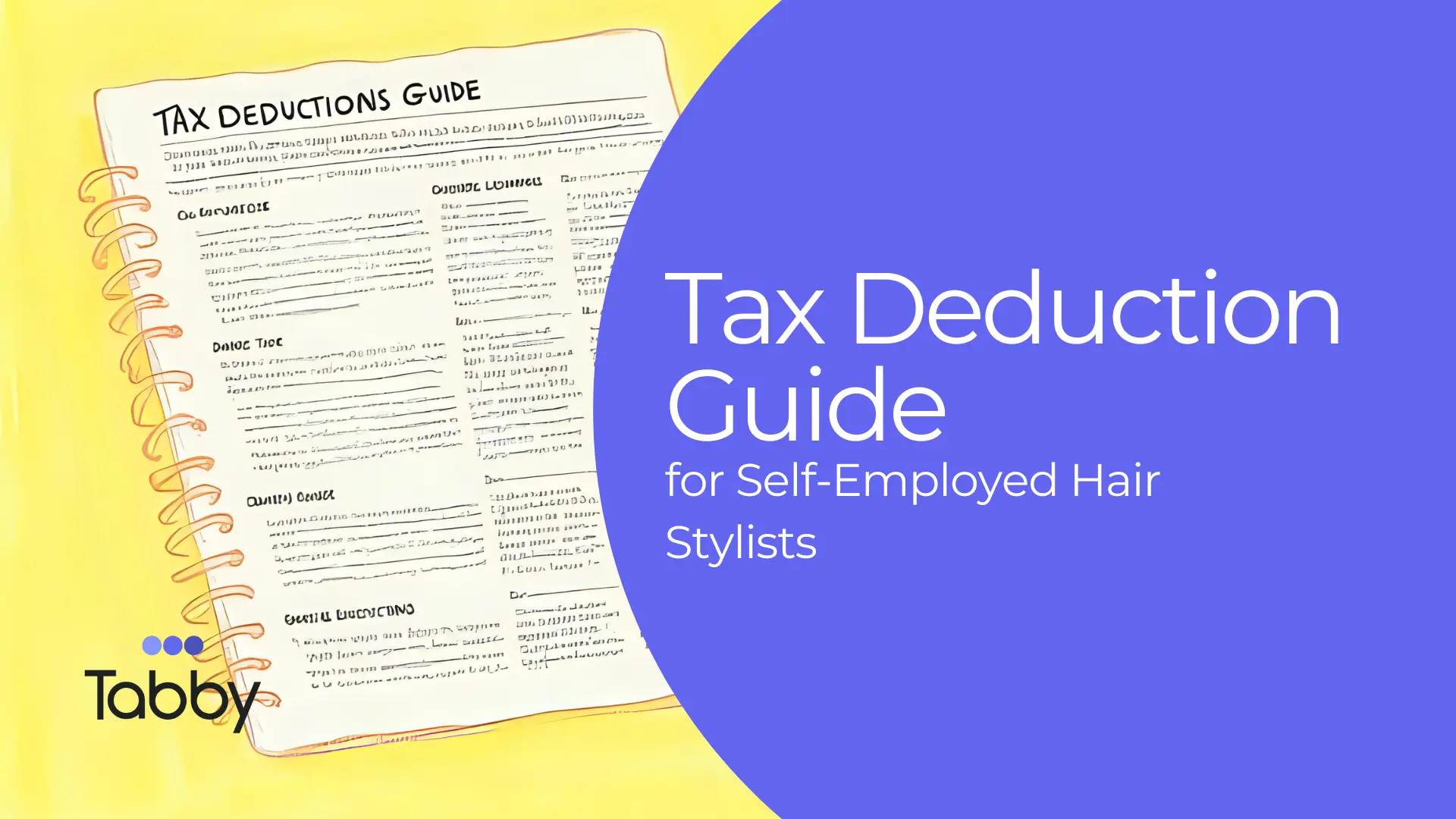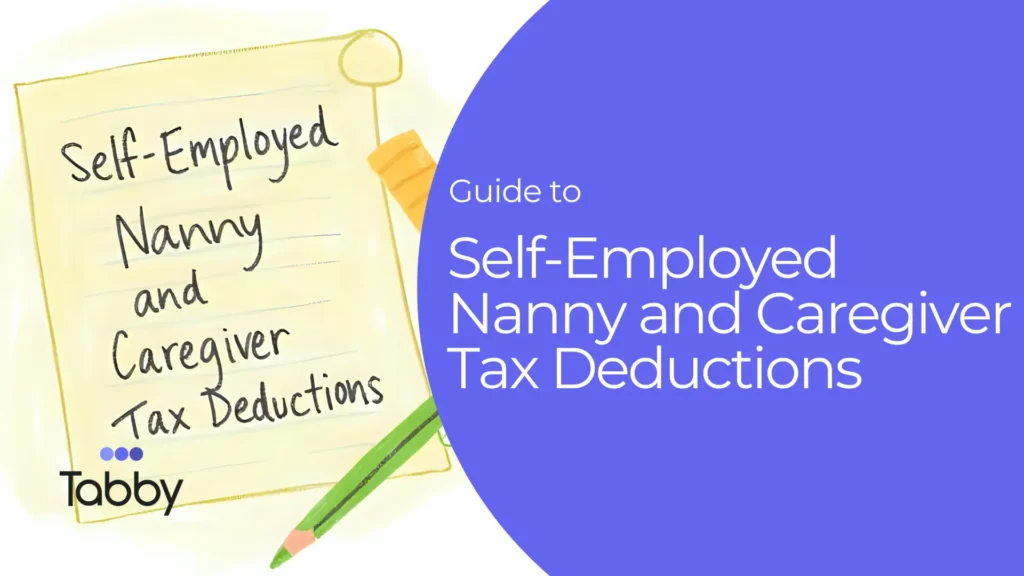- Tax Preparation,
- | November 10, 2025
Tax Deduction Guide for Self-Employed Hair Stylists

If you’re a hair stylist working for yourself, you already know the grind. Long days on your feet, squeezing in clients, and always buying “just one more” box of gloves or another bottle of shampoo. Taxes are probably the last thing you feel like thinking about.
But here’s the part nobody tells you: most stylists I meet are leaving thousands of dollars on the table because they don’t realize how many of their everyday expenses are tax write-offs. I’ve had clients pay more in taxes than they needed to, just because they thought, “Eh, that doesn’t count.” It usually does.
So let’s break it down and see what this thing is.
What Are Self-Employed Hair Stylist Tax Deductions?
A deduction is just a business expense. You made money cutting hair. You also spent money to make that money. The IRS lets you subtract the business costs from your total income before they tax you.Quick example: you earned $55,000. But between booth rent, supplies, and tools, you spent $15,000. You don’t get taxed on $55k, you get taxed on $40k. That’s the power of deductions.
Common Hair Stylist Tax Deductions
- Booth or chair rent: If you’re paying weekly or monthly to rent a space in a salon, that’s a deduction. I once saw a stylist paying $900 a month who never wrote it off. That’s over $10,000 lost in one year.
- Supplies: Shampoo, dye, conditioner, foils, gloves, cleaning products. All of it. If you use it on clients, it counts.
- Tools and equipment: Clippers, scissors, blow dryers, curling irons. Even the little stuff like combs and brushes. If you’re upgrading equipment every year or two, you need to deduct it.
- Mileage: If you’re mobile and driving to clients’ homes, keep track of miles. The IRS pays attention to this. Every mile has a value. In 2025, it’s 70 cents. Ten miles to a client is $7. Multiply that by hundreds of trips a year and you’ve got real money.
- Education and training: Classes, certifications, seminars. Anything that makes you better at your craft.
- Marketing: Flyers, business cards, Instagram ads, even a personal website. That’s all deductible.
- Phone and internet: If you use your phone to text clients, book appointments, or post photos, you can deduct part of the bill. Same for the internet if you run bookings online.
- Health insurance: Self-employed stylists who pay for their own coverage can deduct it. This one can be huge.
Uniforms or protective clothing: Aprons, smocks, gloves. Not your jeans or sneakers, only clothing that’s specifically for work.
How to Track Deductions Effectively
You do not need fancy software or a full-time bookkeeper to stay on top of your deductions. Just build a few smart habits, and you will capture every dollar without the headache. Start with the basics and make it a routine.
- Save receipts and log every purchase: Snap a photo of each receipt right after you buy something, whether it is shampoo from the beauty supply store or gas on the way to a client. Log it in a simple app or notebook with the date, amount, and what it was for. I have seen stylists miss out on hundreds just because a faded receipt got lost in their purse.
- Separate personal and business expenses: Get a dedicated business credit card or bank account for all work-related buys. This keeps things clean so you do not accidentally mix in that coffee run with your foil stock-up. Trust me, the IRS loves clear lines, and it saves you hours during tax time.
Use bookkeeping tools for automatic tracking: Apps like QuickBooks or even our own Tabby can connect to your accounts and categorize expenses on autopilot. One client of mine switched to this and found an extra $2,500 in deductions she had overlooked, like partial phone bills and online ad spends. It is like having a silent partner handling the boring stuff while you focus on styling.
Where Stylists Go Wrong
Every year, I see the same mistakes.
- Not tracking mileage: Everyone says, “I’ll remember.” By April, nobody remembers.
- Mixing personal and business: Buying groceries and shampoo in the same Target run makes things messy.
- Only keeping receipts: A shoebox full of receipts is not enough. The IRS wants to see payment records too.
Here’s a real story: a barber came in with a rubber band stack of gas receipts. He thought he had it covered. But when I asked about mileage logs, part of his car insurance, and phone bills, he had nothing. He ended up losing out on thousands in deductions.
How to Keep It Together
You don’t need to be an accountant. Just do a couple of simple things:
- Open a separate bank account for business.
- Save receipts, even if it’s just snapping photos of them.
- Track mileage in a notebook or an app.
- Don’t wait until April. Do it as you go.
If that sounds like too much, that’s exactly why I built Tabby. You hook up your bank account, and it automatically pulls in your expenses, sorts them into categories, and even flags deductions you might miss. One stylist told me it felt like she got a raise because she stopped giving the IRS free money.
Final Thoughts
Being self-employed is freedom, but it also means the IRS isn’t taking taxes out of your paycheck. You’re on the hook. The good news is, you get more deductions than a regular employee.
Every dollar you track and deduct is money that stays in your pocket. Don’t take it as “tax stuff.” Rather than take it as keeping what you already earned.
If you do nothing else this year, at least track booth rent, supplies, and mileage. That alone can make a massive difference. And if you’re tired of spreadsheets or stuffing receipts in a drawer, let Tabby do the heavy lifting for you. Try Tabby now and see the difference.
You work hard for every client that sits in your chair. Don’t pay more tax than you need to.
FAQs
What can a self-employed stylist deduct?
Booth rent, supplies, tools, mileage, marketing, phone bills, insurance, education.
Can I deduct booth rent?
Yes. If you’re paying to rent a chair or booth, it’s fully deductible.
What about supplies like shampoo or dye?
All work-related supplies count. Save those receipts.
How do I track it all?
Use a separate bank account, take pictures of receipts, or let Tabby track everything for you automatically.



